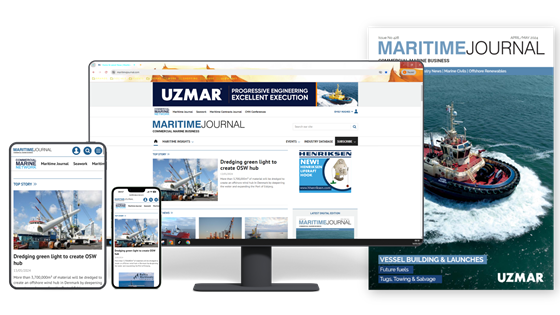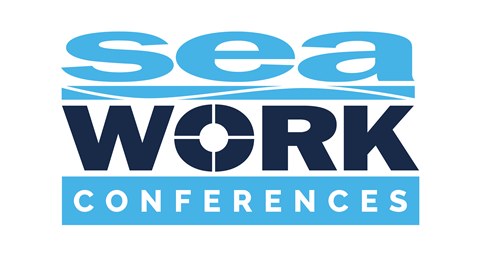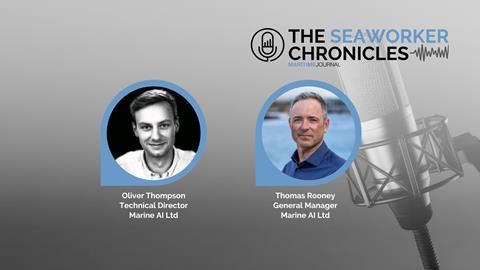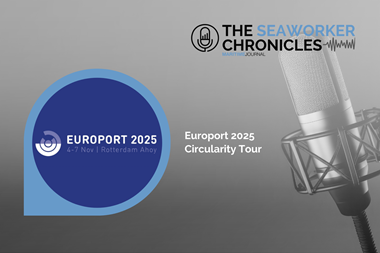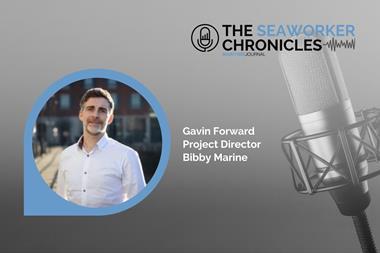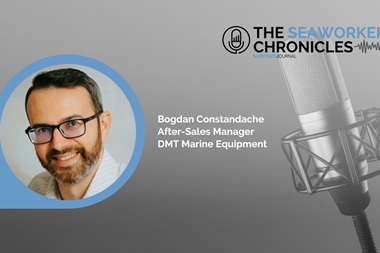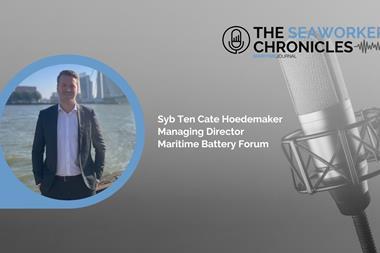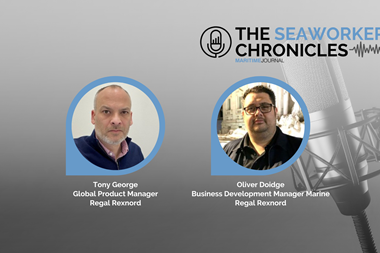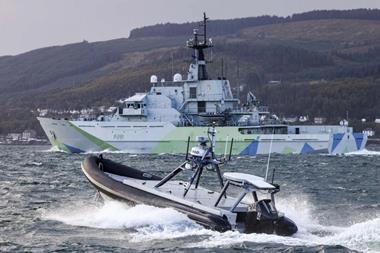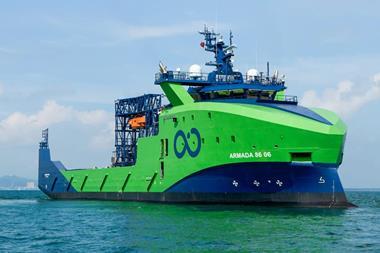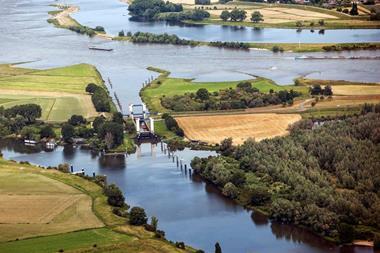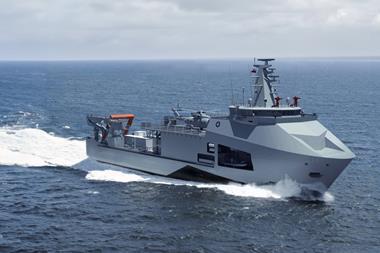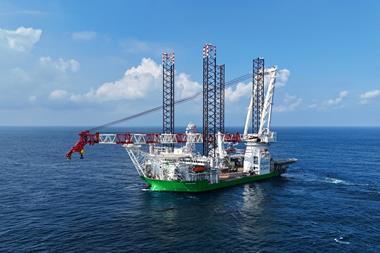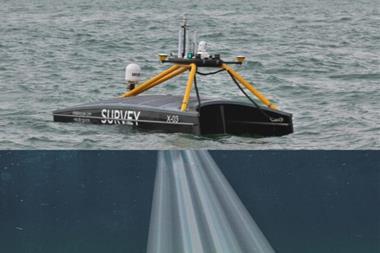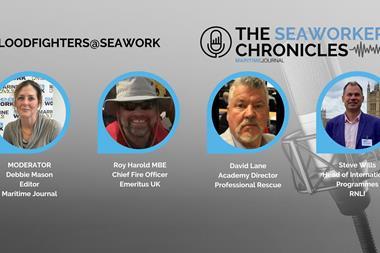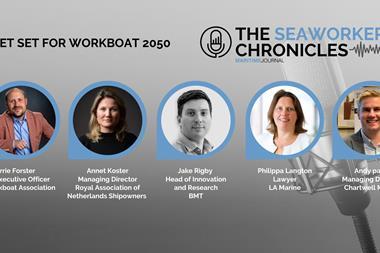UK-based Marine AI, which is exhibiting at Seawork for the first time this year, spoke to Maritime Journal editor Debbie Mason about what it’s doing in the sector and what it can do for vessel, port and offshore wind developers and operators.
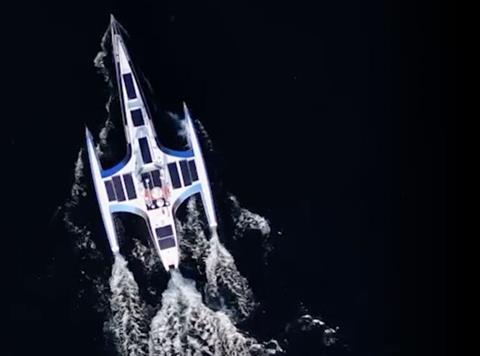
Marine AI, the software house for MSubs before striking out on its own, was the AI software developer behind the Mayflower, the first autonomous vessel to ever cross the Atlantic without a single person on board, in 2022.
In a project led by marine research organisation Promare, the vessel set out to replicate the famous journey of the Pilgrim Fathers from Plymouth, UK to Plymouth, Massachusetts some 400 years before.
Alongside technology partner IBM, Marine AI interpreted high-resolution marine geospatial data provided by the UK Hydrographic Office to enhance all situational awareness and voyage efficiency along the 3,500-nautical mile route.
The software, while first being developed for military use, is now beneficial across all sectors of marine.
Learning

“The Mayflower was a massive learning exercise really for the company of what it actually takes to be able to operate these vessels over the horizon in the deep-sea environment, and what sort of challenges there are,” said Oliver Thompson, technical director at Marine AI.
“From Marine AI’s perspective, the project was hugely successful in crystallising our own software offering and really bringing together what was our generation 1 suite, which was proven in such an extreme environment. And all of those lessons have gone into our generation 2, which is what we’re offering in in March this year.”
Generation 2, says Thompson, has been expanded to cater for a raft of greater complexity – such as collision regulations (COLREGs), fuel efficiencies, navigation, and negotiating high-traffic areas.
“So it performs all the functions that your people on the bridge would do on a crewed vessel – but the software controls all of that and makes all those decisions autonomously,” said general manager Tom Rooney.
“It can be used in advising on how to manoeuvre and keep safe in all maritime environments, particularly in the more congested port areas, where that cognitive burden might be greater at night, or where other activities might be distracting, like multi-tasking on a busy vessel.”
Ports and harbours
“There’s a commonplace understanding that the autonomous system should fit around the human-centric design of a port,” said Thompson. “It’s our opinion that it needs to be bidirectional, a meeting in the middle approach.
“For example, having dedicated lanes with additional sensor capability on the shore side to really make the whole inter-operability of crewed and uncrewed platforms as seamless as possible. The right sort of navigational buoys and markers to interpret the bathymetry, look at the wind and currents and other environmental factors that a skipper is ingesting when they’re at sea.”
AI could be vital for enhancing physical security, Rooney said.

“These days there are all sorts of activities going on in the world, attacking infrastructure, crucial national infrastructure in particular,” he said. “Cyber attack is one, but physical attack by a bad actor is a potential issue. Because AI provides situational awareness it can look around in real time and you could have an uncrewed vessel stationed off your port, monitoring all the traffic coming in and out of the range of land-based radar and so on – giving a real-time look at what’s going on out there and feeding it back to your port as an early warning system.”
Other benefits
The mention of AI often provokes fears of replacing workers, but in fact with seafaring the opposite scenario is the case – there is a chronic lack, and gaps could be plugged by AI.
Mariners reaching retirement, or who are injured, or who simply no longer want to leave their families for days and weeks at a time, could use their skills monitoring and controlling remote vessels from the comfort of an air-conditioned centre, said Thompson.
And when it comes to subsea surveys for offshore wind farms or any other infrastructure, and AI-operated, uncrewed vessel can carry out the works far more quickly, with no risk to human life, and ultimately much more cheaply.
Listen to what else AI can bring to marine businesses in our podcast.


